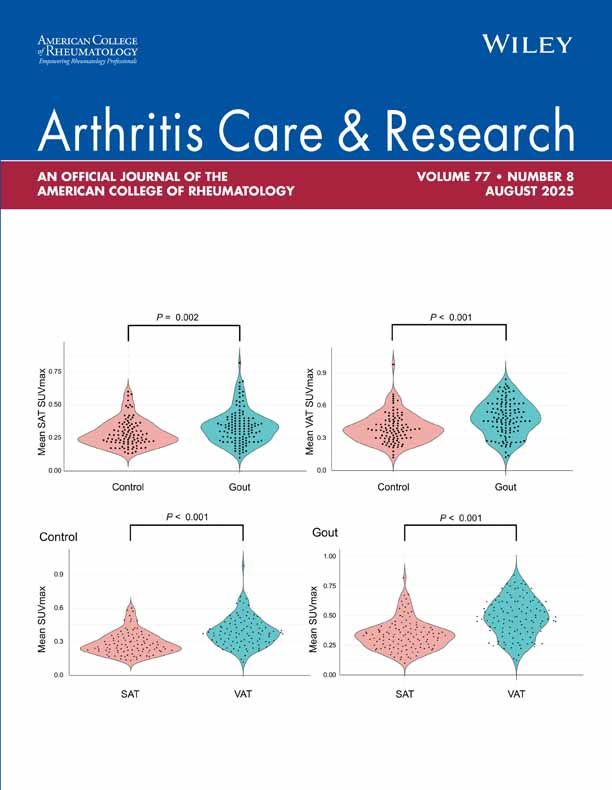Validity of gout diagnoses in administrative data
Abstract
Objective
To determine the utility of using administrative data for epidemiologic studies of gout by examining the validity of gout diagnoses in claims data.
Methods
From a population of ∼800,000 members from 4 managed care plans, we identified patients who had at least 2 ambulatory claims for a diagnosis of gout between January 1, 1999 and December 31, 2003. From this group, a random sample of 200 patients was chosen for medical record review. Trained medical record reviewers abstracted gout-related clinical, laboratory, and radiologic data from the medical records. Two rheumatologists independently evaluated the abstracted information and assessed whether the gout diagnosis was probable/definite or unlikely/insufficient information. Discordant physician ratings were adjudicated by consensus. Based on record reviews, patients were also classified according to the American College of Rheumatology (ACR), Rome, and New York gout criteria and these results were compared with the physician global assessments.
Results
There were 121 patients rated as having probable/definite gout by physician consensus, leading to a positive predictive value of ≥2 coded diagnoses of gout of 61% (95% confidence interval 53–67). There was low concordance between physician assessments and established gout criteria including ACR, Rome, and New York criteria (κ = 0.17, 0.16, and 0.20, respectively).
Conclusion
Use of administrative data alone in epidemiologic and health services research on gout may lead to misclassification. Medical record reviews for validation of claims data may provide an inadequate gold standard to confirm gout diagnoses.




